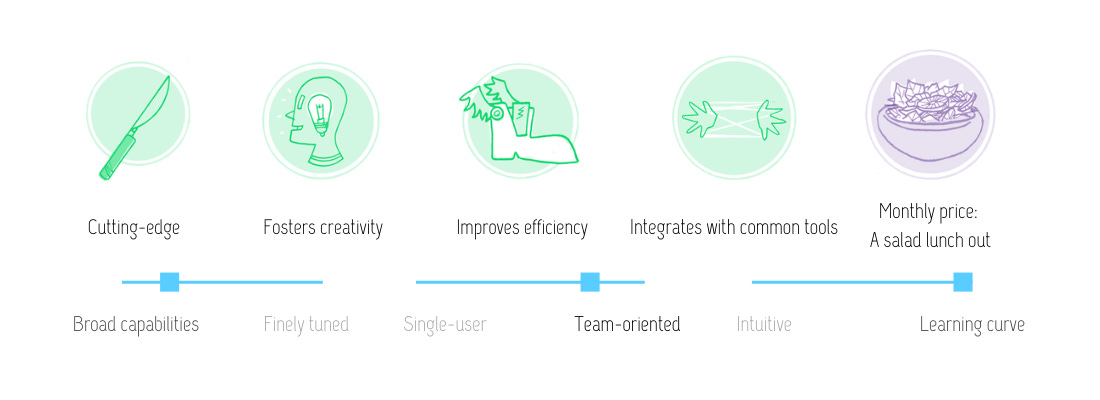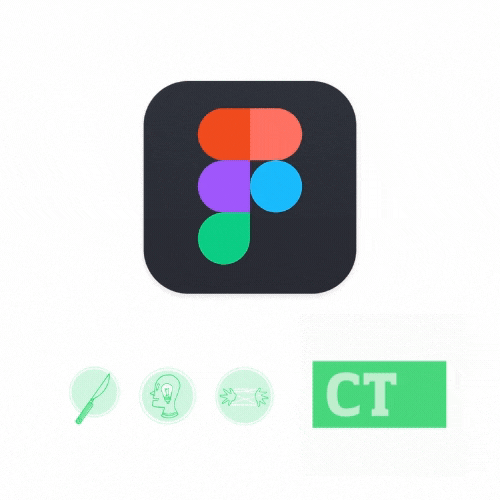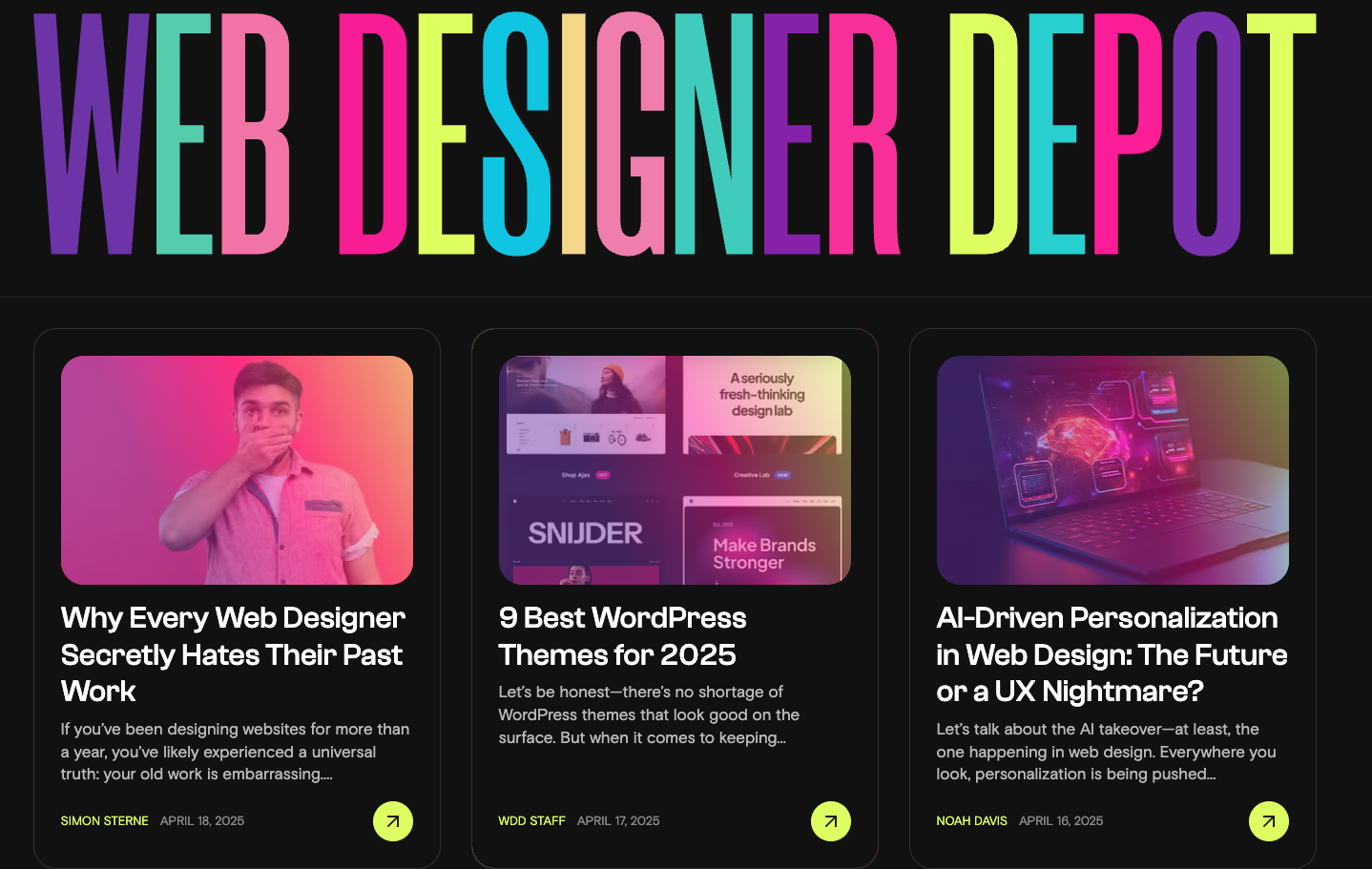A version of this post originally appeared in the May 21, 2020 issue with the email subject line "How should a website be" and an essay about business website best practices for the 2020s.
It’s a challenge to learn a software outside your discipline. For me, I’m dynamite in a CMS or word processing software, but fizzle and whine when I have to navigate graphic design software.
But knowing something about design software is crucial to any collaborative content strategist. Content strategy, after all, is about far more than just the words. On one future project or other, I’m going to have to leave feedback on wireframes or contribute to collaboration, so it helps to learn the software.
I’m thankful to see Adobe competitors thriving. I drifted into the book publishing world in the weaning days of Quark, and watched as the Indesign evangelists slowly took over until it seemed that there would never be any choice but to shell out for Adobe Creative Cloud. But just as we’ve learned to see beyond Microsoft Office, better design programs are here: Figma and Sketch and Invision and a host of others and they are all good, relatively inexpensive digital design and prototyping programs.
Although I appreciate the glories of a good Adobe program (I’m particularly fond of Premiere), when one company makes all the art software, the whole digital world becomes significantly less artistic.
Figma is becoming the most popular collaborative digital prototyping and design tool, so I figured I’d set out and give it a shot.
Figma at a glance

Hallowed freemium wireframe/prototyping designer tool Figma is bright and cheery and comes equipped with plenty of free training. Like every professional design program, you need to devote time to learning its capabilities and system before you’re able to do much.
Honestly, Figma feels like punching above my weight. But just when I was about to quit after a particularly frustrating bout, I unchecked the Clip content box and unlocked a frame and literally everything fell into place. Suddenly I’d made a decent-looking wireframe.
I like Figma. I’m rooting for Figma. The collaborative features are hella dope, and I’m definitely more comfortable making my ragtag wireframes free in Figma rather than shelling out monthly to periodically learn and abandon XD.
Figma enables:
- Construction of interactive wireframes through full design prototypes, with comments and feedback features enabled throughout, so you’re not always clicking back and forth
- Creation of pattern libraries and design systems that can easily be transferred across documents
- Collaborative for designers, with different permission levels, based on how you’re planning to collaborate
- Export design systems directly for your front-end developer
- Embed or integrate Figma designs in other documents to get feedback
- Off-browser (offline?) designing available with desktop mirror program
- Some interactive animation capability— which I did not explore, so would love your feedback
Figma does all these things, all the while being remarkably fast. I’m never waiting for my drags and drops to catch up with me. Considering the collaborative capabilities, its speed is impressive.
I’m still on Figma training wheels. I’m never going to be a full-on interactive designer, so I’ll likely keep my crutches at the ready for quite some time. But if you’re working in digital content, I’d recommend learning the ins and outs of Figma. You’re going to encounter it — or another similar system — soon in your career, if you haven’t already.
(Also! The free version is very useful, and the low-cost professional version is free to students and educators.)
Hand-picked related content
- Markup.io review
- Banner ads, user experience & core web vitals
- Better than a UX stock photo: Mural review
- Farm-to-table web design




